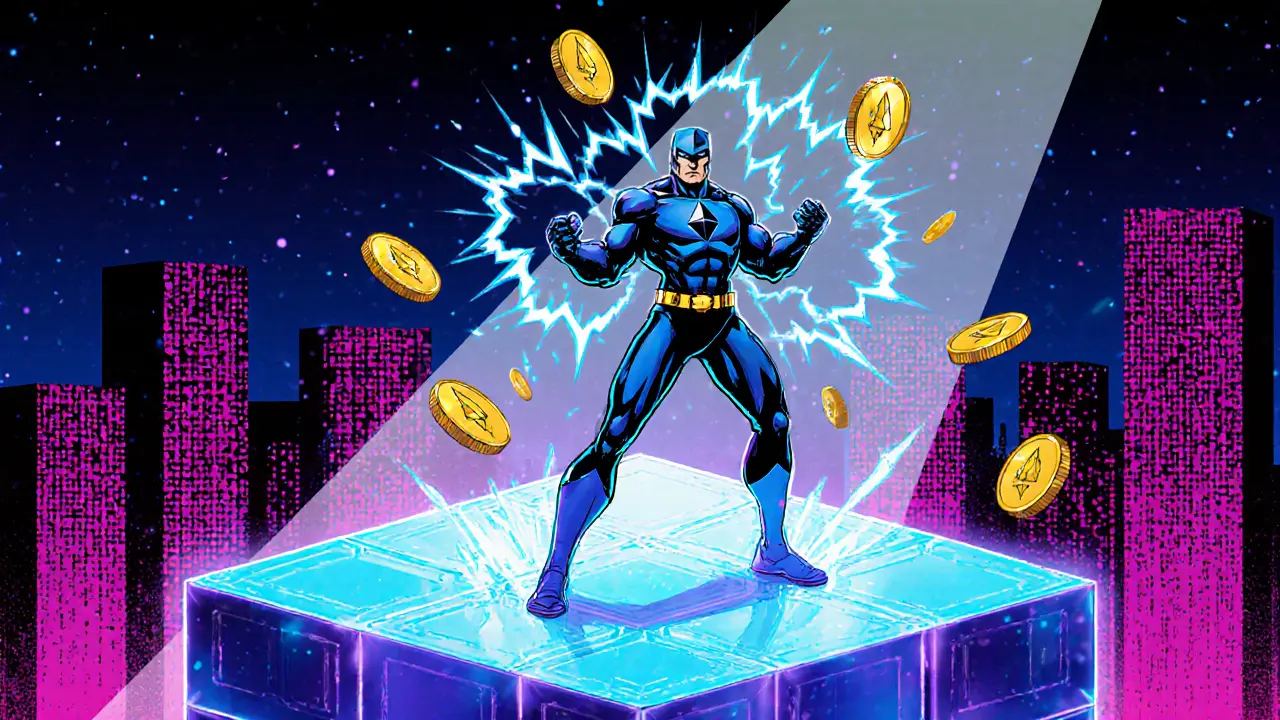Ethereum Smart Contracts: The Engine Behind Decentralized Finance
When working with Ethereum smart contracts, self‑executing code that lives on the Ethereum blockchain and enforces agreements without a middleman. Also known as EVM contracts, they are the core building blocks of many crypto services.
One of the biggest ecosystems that relies on these contracts is Decentralized Finance, financial products like lending, borrowing, and trading that run entirely on blockchain. Another key player is Decentralized Applications, software programs that interact with smart contracts to offer user‑facing services. To keep up with growing demand, developers are experimenting with blockchain sharding, a scaling technique that splits the network into smaller pieces, allowing more transactions per second.
These entities form a tight web of relationships: Ethereum smart contracts enable DeFi platforms to automate asset swaps, DApps to deliver interactive experiences, and sharding to boost throughput without sacrificing security. At the same time, every contract call consumes gas, linking execution cost directly to network activity. In practice, this means that a popular DeFi protocol can drive up fees for a DApp built on the same chain, while a sharding upgrade aims to smooth that spike.
What You’ll Find Next
The articles below cover a wide range of topics that intersect with smart contracts. From mining difficulty and how it stabilizes block times, to airdrop strategies, VPN legal risks, and the rise of decentralized exchanges, each piece shows a different angle of the Ethereum ecosystem. Dive in to see practical advice, security tips, and the latest trends that shape how smart contracts are used today.

How Ethereum Smart Contracts Work: A Beginner’s Guide
A clear guide explains how Ethereum smart contracts work, covering the EVM, Solidity, gas fees, deployment steps, oracles, token standards, limitations, and best practices.
August 19 2025